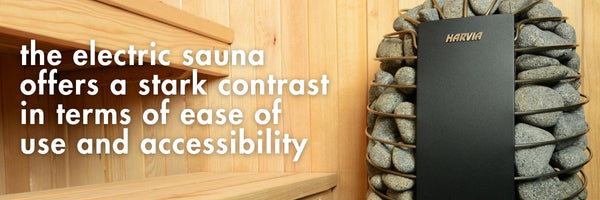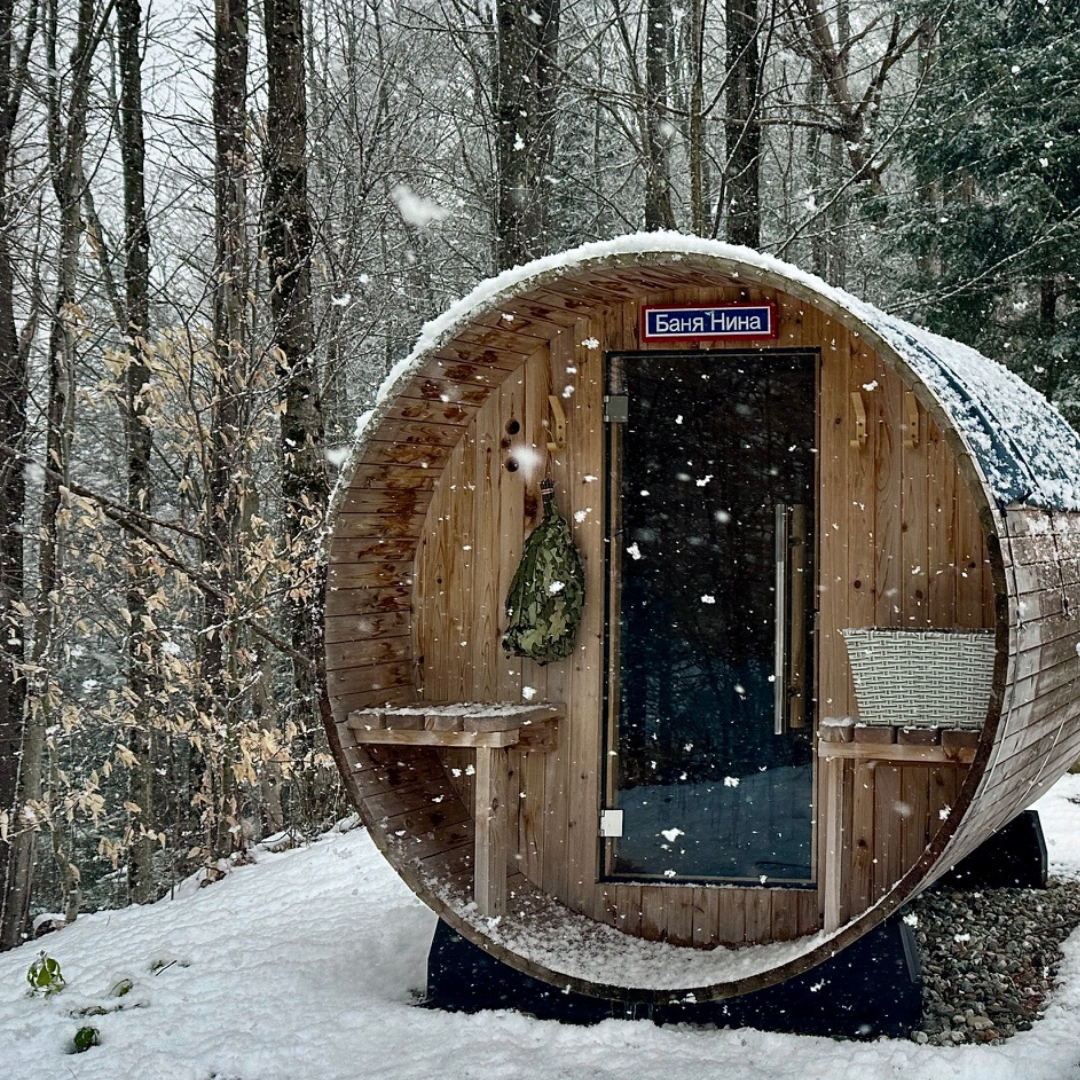The Finnish sauna is not just a simple room designed for steam baths; it is a profound symbol of Finnish heritage and cultural identity. This article will reveal the layers of history, variety, and the customs that make the Finnish sauna an extraordinary blend of tradition and modernity. Through an exploration of its origins, different types, and the etiquette surrounding it, we gain insight into why the Finnish sauna remains an integral part of Finland's social fabric.
History of Finnish Sauna
The Finnish sauna, an emblem of Finnish culture, boasts a rich history that dates back several thousand years. From humble beginnings as ground pit saunas during the Stone Age, these warm sanctuaries were initially dug into the earth, creating a simple yet effective space for heat and steam to gather. As time marched on, the evolution of sauna design progressed; structures were built above ground with basic amenities such as walls, a roof made from turf or animal hides, and heated rocks. This setup not only facilitated the sauna's primary function but also played a pivotal role in daily life, serving as a place for birth, healing, and even death. The traditional sauna was often the first structure built by Finns when establishing a new home, underlining its importance in Finnish culture from the very start.
With the advent of the wood stove and advancements in building techniques, the sauna experience was refined and diversified over the centuries. The smoke sauna, devoid of a chimney and enveloped in a characteristic smokey aroma, became a cherished tradition until the 1930s. Following this period, wood saunas with chimneys and eventually electric saunas in the 1950s introduced a more convenient and safer way to enjoy the sauna's warmth. Each evolutionary step of the sauna reflects changes in Finnish society and technology while maintaining the essence of this cherished tradition. Today, the Finnish sauna stands as a testament to Finland's history, its importance undiminished, offering a warm embrace that transcends the ages.

Types of Finnish Saunas
When exploring the distinct characteristics of various sauna types in Finland, it becomes evident how the evolution of saunas has catered to differing lifestyles and preferences. The wood sauna, embodying tradition, is celebrated for its rich, enveloping heat. This method utilizes wood-burning stoves to heat rocks which, when doused with water, creates a deeply relaxing löyly (steam). The tangible connection with nature through the scent of burning wood and the anticipation of the sauna coming to the right temperature, often makes this the preferred choice for those seeking an authentic sauna experience. The preparation involved, from chopping wood to tending the fire, adds to the ritual, making it not just about relaxation but a celebration of simple, hard-earned pleasures.
Transitioning to modern convenience, the electric sauna offers a stark contrast in terms of ease of use and accessibility, making it a staple in modern Finnish homes and apartments. Its quick start-up time and regulated temperature control provide a practical solution for the fast-paced lives of today. While it might lack the rustic charm of its wood-burning counterpart, the electric sauna can still offer an oasis of calm in the daily grind, proving that the essence of sauna culture transcends the method of heating. Both sauna types have their unique appeal and cater to the diverse needs of sauna enthusiasts, demonstrating the adaptability and enduring significance of the sauna in Finnish culture, without succumbing to the uniformity of experience.

Sauna Etiquette and Customs
Respecting Finnish sauna culture is essential for anyone looking to partake in this deeply-rooted tradition. When visiting a sauna in Finland, there are a few key do's and don'ts one must follow to ensure both personal enjoyment and cultural respect. Firstly, cleanliness is paramount; always shower before entering the sauna. This is not just a courtesy to your fellow sauna-goers but a sign of respect for the space itself. Additionally, while saunas are a social experience, it's important to keep conversations at a low volume. The sauna is a place of relaxation and reflection. Loud talking or disruptive behavior is considered rude and detracts from the communal tranquility.
On the topic of attire, it's traditional to go into the sauna nude, especially in gender-separated facilities or private family saunas. However, in public mixed saunas or for those uncomfortable with nudity, wearing a bathing suit or a towel is perfectly acceptable. Remember, the sauna is a judgment-free zone; what matters most is personal comfort and hygiene. Do bring a towel to sit on for hygiene reasons. Another crucial aspect of sauna etiquette is the act of löyly, throwing water on the hot stones to create steam. If you're sharing the sauna, it's polite to ask others before doing so, as it changes the sauna's atmosphere. Understanding and adhering to these simple guidelines will not only enhance your sauna experience but also show respect for Finnish culture and traditions.

The Finnish sauna culture, rich in tradition and steeped in a myriad of practices, offers more than just a place for relaxation. It stands as a beacon of Finnish communal life, wellness, and respect for nature. As we have seen, from its ancient origins to the diversity of contemporary experiences, and the etiquette that shapes its communal enjoyment, the sauna encapsulates the spirit of Finland itself. It reminds us that some traditions not only endure but also thrive, adapting gracefully to the changing times while continuing to foster a sense of community, health, and well-being.
At Almost Heaven, we're proud to carry on the legacy of Finnish sauna culture through our meticulously crafted saunas. Designed and built in the Finnish style since 1977, each of our saunas brings a little touch of Finnish tradition and culture to sauna enthusiasts and wellness seekers alike. Experience the timeless allure of Finnish sauna tradition with Almost Heaven, where relaxation, community, and well-being converge in perfect harmony.





